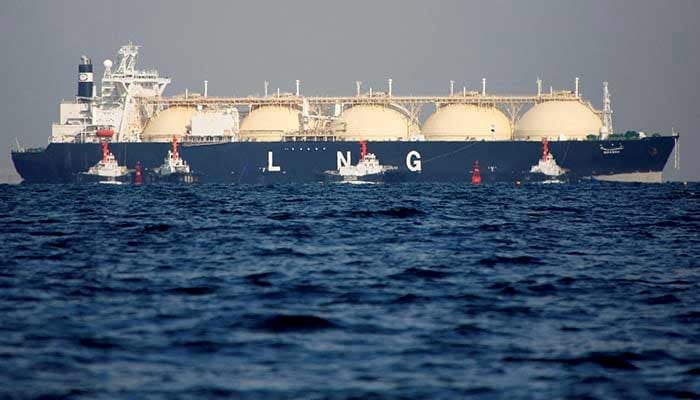Pakistan Faces LNG Oversupply as Qatar Awaits Formal Proposal
ISLAMABAD – Pakistan is grappling with a growing natural gas challenge as long-term contracts with Qatar continue to deliver more liquefied natural gas (LNG) than the country currently consumes. According to officials, Pakistan had earlier sought to defer 177 LNG cargoes beyond 2030, but the request is now under review with Qatar awaiting a formal proposal.
Qatar Awaits Pakistan’s Decision
Sources told The News that Qatar has asked Pakistan to clarify whether it wants to defer LNG cargoes beyond 2030 or allow Doha to sell part of its contracted supply in the international market under the Net Proceeds Differential (NPD) clause.
A senior official explained:
“Once Pakistan submits a written proposal, Qatar will respond with a counter-offer. A final decision will only be made if both parties reach mutual agreement.”
Current LNG Supply Situation
-
Pakistan imports nine LNG cargoes per month from Qatar:
-
Five cargoes under a 15-year deal priced at 13.37% of Brent.
-
Four cargoes under a 10-year deal priced at 10.2% of Brent.
-
-
Both agreements are based on strict Take-or-Pay clauses, meaning Pakistan must pay regardless of consumption.
-
Pakistan has decided to consume 80 cargoes per year out of the 108 contracted, leaving a surplus of 28 cargoes annually (about 140 over the next five years).
Each LNG cargo is currently valued at around Rs9 billion, which brings the total value of surplus cargoes to approximately $4.4 billion.
Why Demand is Falling
Pakistan’s gas demand has been shrinking due to:
-
The power sector consuming only 510 mmcfd of RLNG, compared to the contracted 800 mmcfd.
-
Export industries reducing their RLNG usage from 350 mmcfd to just 100 mmcfd.
-
High RLNG prices at Rs3,500 per MMBtu, plus a 5% off-grid levy of Rs570 per MMBtu.
As a result, Pakistan LNG Limited (PLL) has been diverting one cargo per month from Italian supplier ENI to the international market since February 2025, a practice that will continue through December 2025.
Infrastructure and Financial Strain
The reduced gas usage has created serious challenges:
-
Pipeline pressure has exceeded safe limits, crossing 5.170 bcf (above the 5 bcf danger mark).
-
Authorities have shut down domestic gas fields to manage the pressure, but this risks damaging wells permanently and affects crude oil and LPG production.
-
Attock Refinery Limited (ARL) has warned of reduced operations due to limited crude supply.
Meanwhile, in FY 2024–25, the government diverted Rs242 billion worth of RLNG to the domestic sector just to manage excess volumes.
Policy Shifts in Power Sector
The four major RLNG-based power plants — Haveli Bahadur Shah, Balloki, Bhikki, and Trimmu — were originally designed to run continuously under a 66% Take-or-Pay commitment. With 62% efficiency, they were considered among the cheapest sources of power.
However, in 2020, the Power Division reduced the requirement to 50%, allowing these plants to run only under the Economic Merit Order (EMO). This means they operate only when cost-effective, making RLNG imports appear more burdensome.
What’s Next?
A high-level delegation led by Federal Minister for Petroleum and Natural Resources, Ali Parvaiz Malik, visited Doha last month to explain Pakistan’s gas demand crisis and explore options. While Pakistan values its long-term supply agreements with Qatar, officials admit that current contracts do not cover deferment of 140 cargoes worth $4.437 billion in 2031–32.
Qatar, for now, is waiting for Islamabad to present a formal, legally sound proposal before offering any concessions or alternative solutions.

